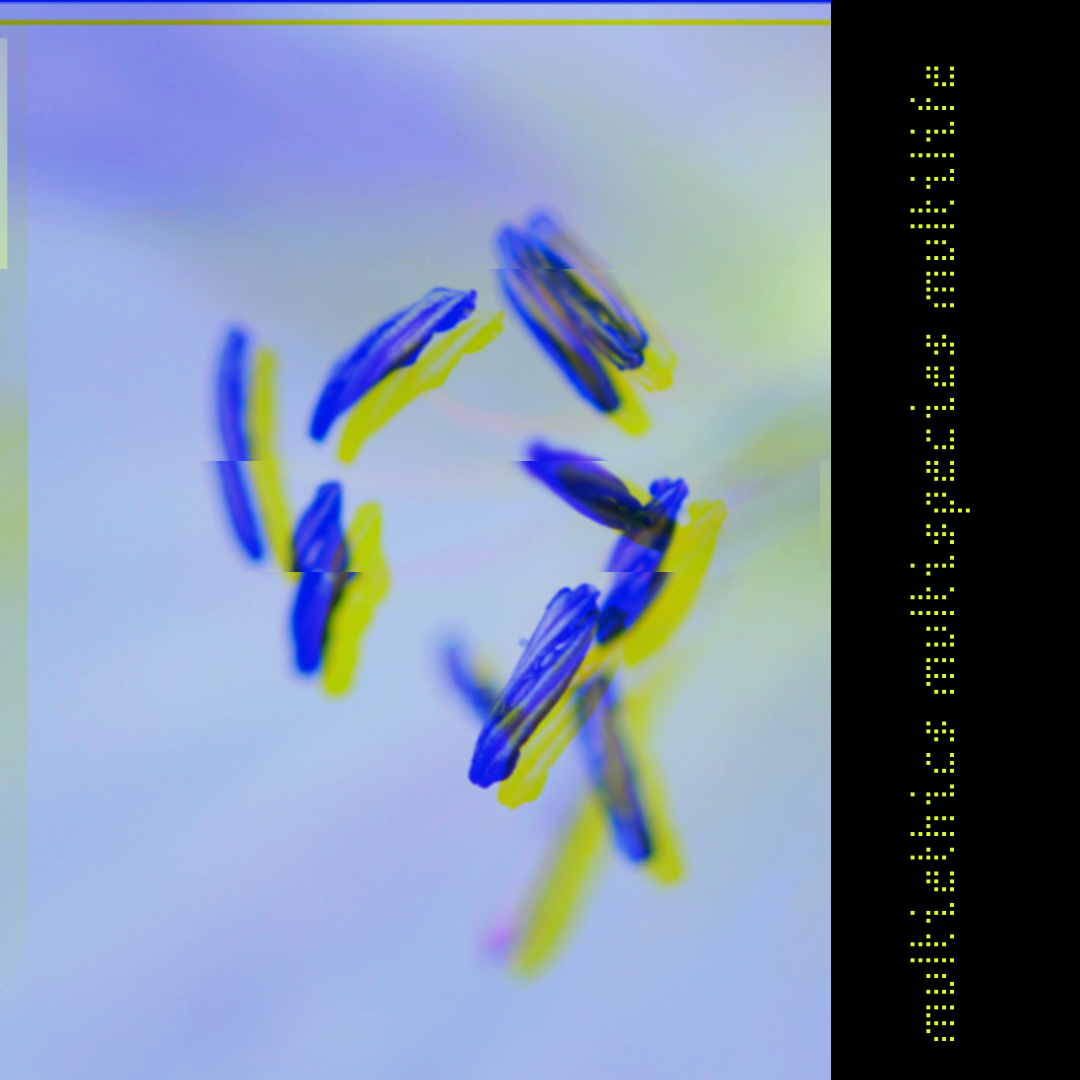
Brenda Hillman
Artist Statement: Talking & Listening to Plants
Negotiating a disequilibrium between an inner and outer reality is one of the main jobs of a writer. Walking in the East Bay California hills where Chochenyo Ohlone peoples lived for centuries—hills now covered with European grasses— I often consider the words “invasive,” “weed,” and “belonging” – thinking of Jonathan Skinner’s writings here— how, though native grasses have been displaced, many native organisms still thrive here, including coast live oaks whose acorns the indigenous people cooked with, and the lichens that cling to the branches that sustain them. Sometimes on my walk I feel rooted; sometimes I float. The outdoors has always felt inhabited by layered music: some days the goldfinches, the car alarm, the whir of the cyclist, the small snap of twigs under my feet. Intuition draws my attention across the time and space and life forms. My family roots feel portable; they originate from central Europe, from the Angles, the Saxons, the Gaels or Celts, from freedom-loving Huguenots who fled persecution in France. Except for a few years spent in my mother’s birth country of Brazil, my childhood mostly passed in the Tucson Sonoran Desert, the ancestral home of Tohono O’odham people. My brothers and I were often asked to play outdoors so I made up secret languages to speak to non-human entities because our mother spoke to everything —including broken radios, uncooperative nails, laundry baskets, clogged drains and of course birds, bugs and flowers. This seemed normal, and these exchanges gave energy to a larger existence, including sticks and dirt. It is from the special language of inner experience that I began writing poetry, to give voice to the difference, the solitude, the strangeness and freedom of being in a context, because every unit has a soul, the invisible has a place and metaphor is the carrier of codes. For much of my adult life I’ve been drawn to experimental modes of art that stretch available materials, across singing & science, data and dream, so in poetry this involves bridging naturalist and esoteric practices (including chant and trance). I cherish musical repetition, odd polyphonies, disjunctive syntax, iconoclastic forms & the creative use of the fragment. Poets crave intimacy but are high strung, are easily thrown off balance, so we have to be careful around other people. The intimacy with non-human beings is commonly lost because ego, greed & misunderstanding overwhelm our inner magic, so we have to protect ourselves from these tendencies just as we have to protect our world. Right now is a time of emergency and mourning when we acknowledge the loss of species and act on their behalf through our writing. This advocacy might require behaviors outside poetry but of course all actions can include poetry.
Brenda Hillman
July 2021
Photo credit: Robert Hass
BRENDA HILLMAN is the author of ten collections of poetry, from Wesleyan University Press, most recently Seasonal Works with Letters on Fire (2013), which received the Griffin International Prize for Poetry, and Extra Hidden Life, Among the Days (2018). Named by Poets and Writers as one of fifty inspiring writers in the world, Hillman has received Fellowships from the Academy of American Poets and the Guggenheim Foundation as well as the William Carlos Williams Prize, the Los Angeles Times Book Prize and the Morton Dauwen Zabel Award for innovation in poetry from the American Academy of Arts and Letters.



